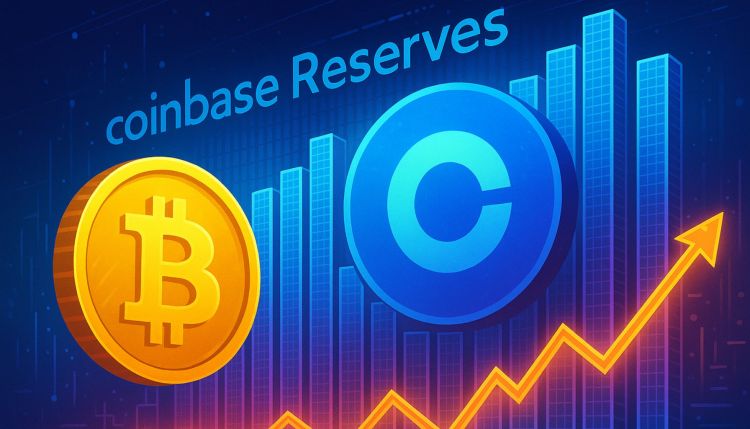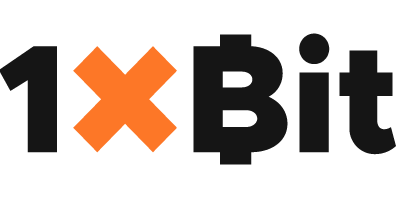Reason to trust

How Our News is Made
Strict editorial policy that focuses on accuracy, relevance, and impartiality
Ad discliamer
Morbi pretium leo et nisl aliquam mollis. Quisque arcu lorem, ultricies quis pellentesque nec, ullamcorper eu odio.
Earlier this month, leading South American crypto exchange Mercado Bitcoin unveiled plans to tokenize approximately $200 million in tokenized financial assets, including fixed income and equity instruments, via the public XRP Ledger (XRPL).
The exchange, which has already tokenized around $185 million in private credit assets, chose XRPL due to its secure, fast, and cost-efficient infrastructure. It aims to expand access to regulated digital products across South America and, eventually, Europe. A recent report published by Ripple and Boston Consulting Group predicts that the tokenized RWAs will skyrocket from about $600 billion in 2025 to $18.9 trillion by 2033. That is why this announcement marks not only one of the largest tokenization efforts by a Latin American institution to date, but a major development for the industry as a whole.
While this deal between Mercado Bitcoin and Ripple positions them as key players bridging traditional finance and on-chain infrastructure, it’s especially notable for its use of a public blockchain. Although this is not the first time a public blockchain is being used to facilitate tokenized financial RWAs, this move could reflect a growing trend in which more financial assets will be tokenized on non-permissioned chains. And how, or to what degree, this will impact institutional involvement is yet to be determined.
As institutions cautiously begin exploring public blockchains, NewsBTC spoke with industry experts to explore what Mercado Bitcoin’s move could mean for the next phase of Web3 and tokenized finance.
James Wo, CEO and Founder of DFG, a leading Web3 investment and VC firm, believes Mercado Bitcoin’s choice “reflects growing institutional confidence in public blockchain infrastructure.”
Omri Hanover, Project Manager at Gems Trade, a regulated CEX providing advanced trading tools, adds: “XRLP provides high speed, low transaction costs, and native DEX functionality, making it a strong fit for large-scale institutional issuance.”
For years, most financial institutions have favored private, or permissioned, chains for tokenizing real-world assets, drawn by the control, compliance, and privacy they offer—albeit at the expense of accessibility. But as public chains like Ethereum, Polygon, and XRP mature to meet institutional standards for security and compliance, we may be seeing a shift.
Yair Cleper, Co-founder & CEO of Magma Devs and Lava Network contributor, says: “Now we’re seeing [financial institutions] embracing public blockchains like XRPL, which bring global interoperability, liquidity, and decentralized security. It shows they’re getting more comfortable with public infrastructure.”
Wo adds that interoperability is a key driver of this shift, emphasizing that public chains offer “greater transparency… and accessibility than private consortium chains, which are benefits that are increasingly seen as outweighing the perceived risks. As compliance tooling and security assurances mature, we expect more institutions to leverage public chains for regulated asset issuance and settlement.”
Despite the optimism surrounding more tokenized assets moving on-chain, industry insiders are speculating whether this tokenization effort has the ecosystem’s support to go beyond issuance. Skeptics believe it’s just another example of putting traditional finance on-chain without benefiting the Web3 ecosystem, primarily through the influx of liquidity.
Wo argues that tokenized financial assets will start as simple issuance and custody products but expand beyond that. “Regulated secondary marketplaces and permissioned DeFi protocols like whitelisted vaults and KYC-gated liquidity pools are live and increasingly integrating with tokenized asset issuers. That said, it’s still early, and most of these assets will likely remain in controlled, low-liquidity environments until interoperability and trust improve.”
Cleper echoed a similar sentiment, adding that “over time, we’ll see institutional OTC desks, permissioned DeFi pools, and integrations with security token exchanges. Long term, these assets will be used as collateral and become fully composable in DeFi.”
Agreeing with much of what Wo and Cleper said on DeFi, Hanover noted that “XRPL has native DEX functionality that can serve as a foundation for future liquidity markets.”
Reservations exist about whether tokenized equities can ever achieve full legal equivalence with traditional equity, or whether, due to current legal constraints, they’ll always be inherently limited to a proxy investment instrument. Cleper, Wo, and Hanover all believe tokenized equities are akin to synthetic exposure products.
Cleper says: “To fully replicate equities, we need legal recognition of on-chain tokens as shares, plus smart contracts that embed voting, dividends, and disclosure rights… Until then, tokenized RWAs remain a parallel instrument, but not a full replacement.”
Wo pointed out that “some jurisdictions have introduced frameworks that support native digital securities with real shareholder rights, including asset claims and voting power.” While this is the exception rather than the rule, Wo believes that “achieving broader parity will require the continued development of compliant issuance platforms and legal frameworks.”
Hanover agreed with Wo regarding legal frameworks while advocating for “technical structures that ensure enforceable rights on-chain.” Needless to say, this will come with its own challenges and take some time.

















